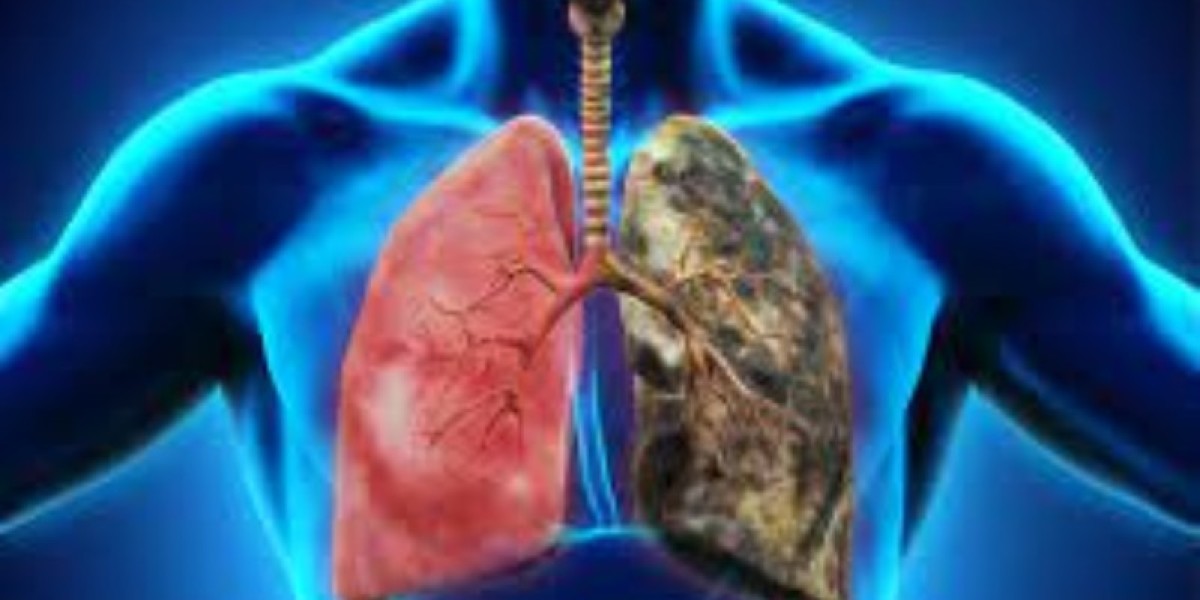Lung Cancer Screening: Correct ICD-10 Codes & Usage
Lung cancer is one of the most common cancers worldwide, but the good news is that early detection through screening can save thousands of lives every year. To make sure these screenings are correctly documented and covered by insurance, healthcare professionals use special identifiers called ICD-10 codes.
In this article, you’ll learn what lung cancer screening is, why ICD-10 coding is essential, and how to use the correct codes for accurate medical documentation and billing.
? What Is Lung Cancer Screening?
Lung cancer screening is a test that helps doctors find lung cancer early — before symptoms appear. The primary type of test used today is the Low-Dose Computed Tomography (LDCT) scan.
An LDCT scan uses very low levels of radiation to take detailed pictures of the lungs. It can detect small spots or nodules that might later turn into cancer. The scan is quick, painless, and far more effective than a standard X-ray for detecting early lung cancer.
Catching lung cancer early often means simpler treatments, fewer complications, and a much higher chance of survival.
? Why ICD-10 Codes Matter in Screening
Every time a medical service is provided — like a lung cancer screening — doctors must record it using a standard system called ICD-10 (International Classification of Diseases, 10th Revision).
These codes are essential because they:
Explain why the screening was performed
Ensure insurance companies understand and cover the procedure.
Keep patient records accurate and complete.e
Support public health research and data tracking.
Help detect patterns in diseases and improve prevention programs..
Without proper ICD-10 coding, a patient’s insurance claim could be denied, or the purpose of the test could be misunderstood. That’s why correct ICD-10 usage is crucial in healthcare.
? Correct ICD-10 Codes for Lung Cancer Screening
The main ICD-10 code used for lung cancer screening is Z12.2 — “Encounter for screening for malignant neoplasm of respiratory organs.”
This code indicates that the patient visit is for preventive screening, not for symptoms or diagnosis of an existing problem. It’s the foundation of accurate documentation for lung cancer screening.
However, doctors often include secondary codes that describe the patient’s smoking history, since smoking is the leading cause of lung cancer. These include:
F17.210 — Nicotine dependence, cigarettes, uncomplicated (used for current smokers)
Z87.891 — Personal history of nicotine dependence (used for former smokers)
If the LDCT scan finds something unusual — such as a nodule or mass — a doctor might use another code like R91.1 (Solitary pulmonary nodule) for further investigation.
If cancer is confirmed, a C34.x code is used to describe the type and location of lung cancer in the bronchus or lung.
Using these codes together gives a complete picture of the patient’s screening, risk factors, and results — ensuring accurate medical records and insurance processing.
⚕️ Screening Guidelines and Eligibility
According to the U.S. Preventive Services Task Force (USPSTF) and current clinical recommendations:
Lung cancer screening is advised for people who:
Are 50 to 80 years old
Have a 20 pack-year or greater smoking history (that means one pack a day for 20 years, or two packs a day for 10 years)
Currently smoke or quit within the last 15 years.
The screening is typically done once per year using a low-dose CT scan. Those who have never smoked or have serious health issues that limit life expectancy usually do not need the test.
? ICD-10 Codes and Insurance Coverage
Most major health insurance plans — including Medicare — cover annual lung cancer screenings for people who meet the eligibility requirements.
For coverage to be approved, the doctor’s claim must include:
Z12.2 as the primary ICD-10 code (reason for screening)
F17.210 or Z87.891 as secondary codes (to show smoking history)
If these codes are entered incorrectly, insurance claims might be delayed or denied. Accurate ICD-10 usage helps prevent billing errors and ensures patients receive their screening without extra costs.
? The Importance of Correct Coding
Correct ICD-10 coding benefits everyone — patients, doctors, and healthcare systems. It ensures proper care, faster insurance approvals, and accurate medical data.
When clinics and hospitals use the correct codes, they can focus more on patient care and less on fixing billing issues. For patients, it means smoother appointments and fewer financial surprises.
At Best Writes Links, we aim to simplify complex medical information so patients and professionals can understand how systems like ICD-10 work together to improve care quality.
? Final Thoughts
Lung cancer screening is one of the most effective tools for early detection, but it depends on accurate ICD-10 coding to ensure smooth documentation and insurance coverage.
Using the correct codes — such as Z12.2, F17.210, and Z87.891 — helps create a complete picture of preventive care and supports better outcomes for everyone.
At Best Writes Links, knowledge leads to healthier decisions. Understanding how ICD-10 codes support lung cancer screening empowers both patients and healthcare providers to act early — because early detection saves lives.






